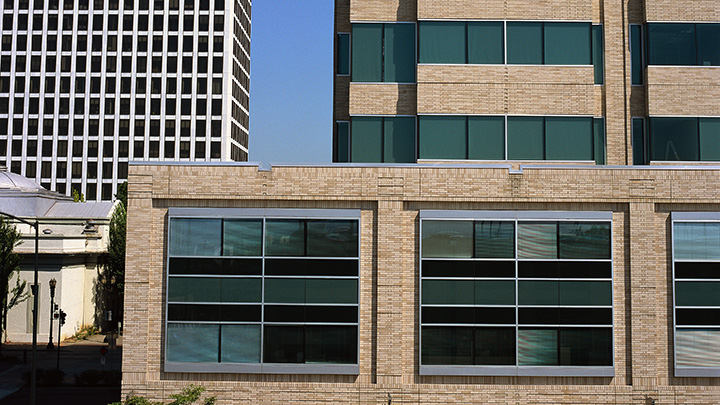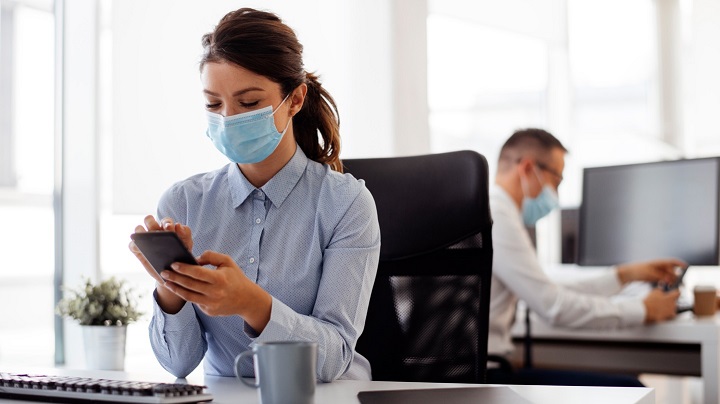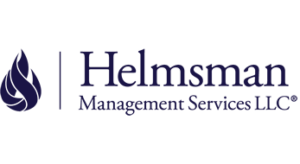
Our planning guide can be helpful as you look to reopen or expand operations. Remember to always adhere to federal, state, and local requirements, CDC guidelines, and recommendations of in-house counsel.
Due to the rapidly evolving nature of exposure, we recommend that your organization appoints a manager to coordinate efforts for COVID-19 response.
Reopening considerations
Operations
- Stagger the return of your associates to the office in phases rather than all at once.
- Stagger/rotate office start times and schedules. Continue remote work where possible.
- Follow CDC and state/local health department guidelines for cleaning, disinfecting, and maintaining physical distance.
- Follow CDC guidance to educate the workforce on staying healthy and symptoms that would warrant that they don’t go into the office.
- Post signs notifying customers not to enter if they feel sick.
- Increase availability of hand sanitizer and wipes for customer use.
- When re-opening buildings, work with maintenance to assess the HVAC system, change air filters, and if possible, increase the air exchange.
- Clean common-use spaces frequently, and thoroughly clean office spaces nightly.
- Consider limiting visitors to your office/location to essential-only or require that visitors make an appointment.
- Analyze and modify floorplans, furniture, workstations, and lobby seating for proper physical distancing.
- Increase cleaning and disinfecting for amenities that are high-contact, such as coffee makers, refrigerators, microwaves, vending machines, elevator buttons, etc.
- Restrict or modify policies and procedures for live meetings and use of conference rooms.
- Close off water fountains and encourage bottled water use.
Employee safety
- Equip staff with proper personal protective equipment (PPE) based on job tasks and follow state and local public health recommendations regarding the use of face coverings.
- Ensure staff is properly trained on changes for cleaning protocols.
- Post reminder signage in employee areas for proper hygienic practices, including hand washing.
- Allow voluntary work from home.
- Implement social distancing in break rooms, conference rooms, and other gathering places.
- Reconfigure workstations so employees do not face each other. Utilize partitions for separation.
- Discontinue open food sharing (pizza, donuts, candy, cookies, etc.), including food brought from home to share.
- Educate staff and provide relevant resources and guidance.
- Analyze, restrict, and modify employee business travel, especially air travel.
Conclusion
It is important to communicate to employees about the steps you are taking to help keep them safe, and acknowledge the importance of the work they are doing.
Capture and document your programs and efforts to keep everyone safe for future reference.
Featured insights
This website is general in nature and is provided as a courtesy to you. Information is accurate to the best of Helmsman Management Services’ knowledge, but companies and individuals should not rely on it to prevent and mitigate all risks as an explanation of coverage or benefits under a policy or service contract. Consult your professional advisor regarding your particular facts and circumstance. By citing external authorities or linking to other websites, Helmsman Management Services is not endorsing them.





